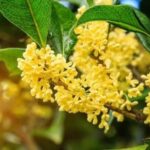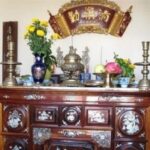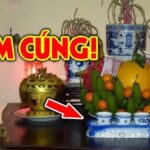The Money Tree, or Pachira aquatica, is an eye-catching houseplant renowned for its lush, feathery foliage and adaptable nature. Its deep green, glossy leaves lend a touch of elegance and modernity to any space, from balconies to living rooms and home offices. Beyond its aesthetic appeal, the Money Tree also boasts a host of other benefits, including air-purifying properties and a symbolic significance in feng shui.

In feng shui, the Money Tree is believed to attract wealth and prosperity. Its five lobed leaves are said to represent the five elements of nature, bringing harmony and balance to the home. Placing a Money Tree in your living space is thought to invite good fortune, health, and abundance into your life.
The blooms of the Money Tree, though rare, are considered a sign of good luck and joy. When the tree does flower, it signifies not only a sustainable life force but also physical and mental well-being for those who behold it.
Aside from its visual appeal and symbolic significance, the Money Tree is an excellent air purifier. It efficiently absorbs pollutants and dust, improving the air quality of your indoor spaces. This not only creates a healthier environment but also enhances the overall ambiance, making your living or working space more pleasant and comfortable.
After your Money Tree blooms, follow these care tips to ensure its continued health and vitality:
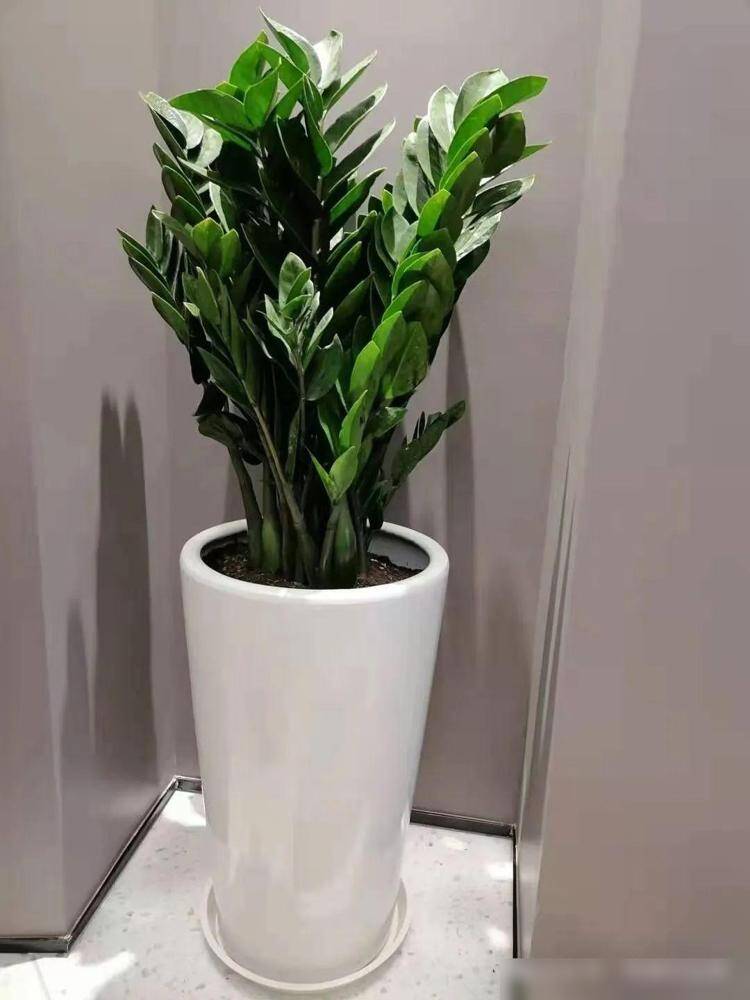
1. Light: Money Trees thrive in bright, indirect light. Place your plant near a window, but avoid direct sunlight, which can scorch the leaves. During the summer, you can move your plant outdoors to a shaded area, gradually exposing it to more light.
2. Temperature: These trees prefer warm temperatures between 15-24°C (59-75°F). Protect your plant from extreme cold or heat, as this can cause leaf damage.
3. Watering: During the flowering period, maintain a regular watering schedule, checking the soil moisture before each watering. Water thoroughly but allow the top inch of soil to dry out between waterings to prevent root rot. Ensure your pot has adequate drainage holes.
4. Fertilizer: Your Money Tree may benefit from additional nutrients during this time. Use an indoor plant fertilizer, following the package instructions. Be careful not to over-fertilize, as this can burn the roots.
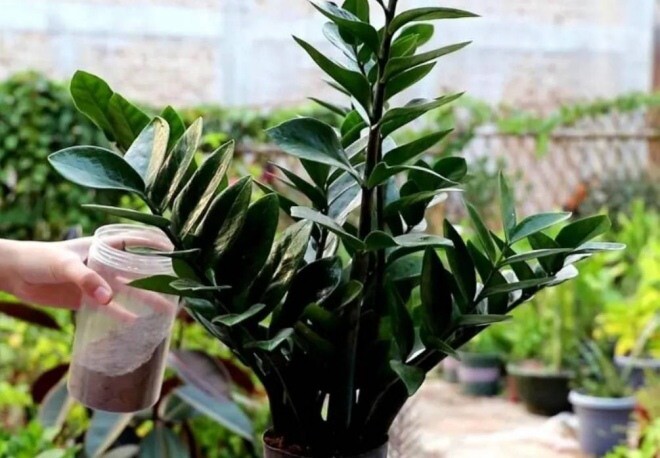
5. Pruning: After flowering, your Money Tree may produce new growth, including multiple stems and leaves. Prune away any old, damaged, or excess growth to maintain the shape and encourage healthy development.
6. Pest Control: Regularly inspect your plant for pests and take preventive measures. Use safe, organic pesticides or natural remedies to control infestations. Keeping your plant clean and dust-free is also important for pest prevention.
7. Dormancy: After flowering, your Money Tree will enter a period of dormancy. Reduce watering and cease fertilizing during this time. Provide moderate temperatures and low light to encourage a healthy resting phase.
Learn more about the Money Tree’s unique characteristics and how to care for it during the summer months to ensure its vitality and beauty.
The Things You Should Never Place on an Ancestral Altar
The ancestral altar is a sacred spiritual corner in the home, a space for offering gratitude and respect to one’s ancestors. According to traditional feng shui, the placement of objects on the altar is of utmost importance, as even a slight misstep can disrupt the harmony of the home and impact family dynamics and fortune.
Where Should the Flower Vase Be Placed on the Ancestral Altar: Left or Right? Many Families Are Doing It Wrong and Losing Their Luck.
“Arranging an altar can be a daunting task, especially when it comes to the placement of the flower vase – a small yet spiritually significant item. Many are unsure of the optimal layout for their altar, seeking a setup that not only looks pleasing but also aligns with Feng Shui principles. The vase’s position, though seemingly minor, holds a profound influence on the overall energy and harmony of the space.”


























